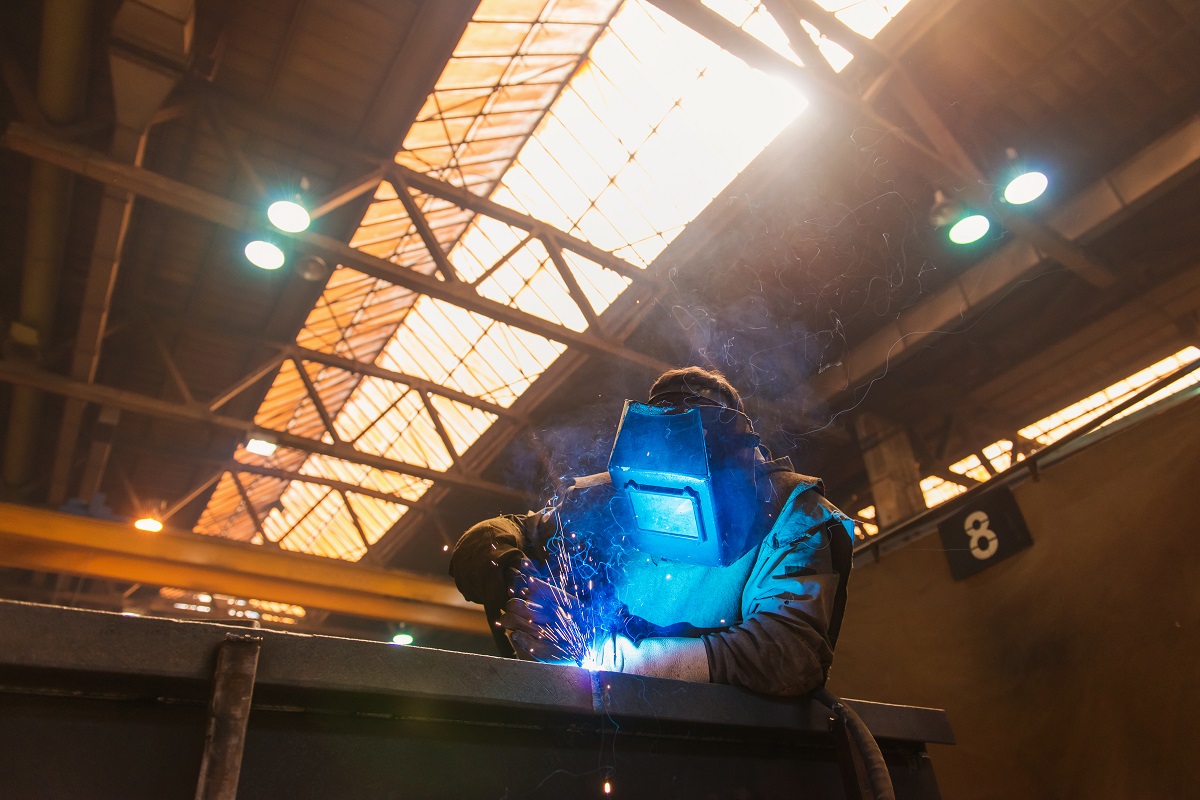Comprehending the Causes and Solutions for Undercut Welding in Metal Construction Processes
In the world of steel manufacture processes, the occurrence of undercut welding positions a considerable difficulty that requires a detailed understanding of its reasons and feasible options. The complex interaction of different factors throughout welding operations can result in this undesirable sensation, impacting the architectural stability and general high quality of the welded joints - Preventing weld undercut. By dissecting the origin of undercut welding and discovering efficient restorative procedures, producers can raise the standard of their workmanship and make certain the manufacturing of perfect metal parts
Usual Sources Of Undercut Welding
Regularly ignored in metal fabrication, undercut welding takes place because of various variables that require precise focus and experience to be effectively minimized. One typical source of undercut welding is too much warm input. When the warmth input is too expensive, it can result in the melting and succeeding erosion of the base product along the sides of the weld joint, creating a groove or undercut. In addition, incorrect welding strategies, such as utilizing the incorrect welding angle or travel rate, can likewise add to undercut formation. Insufficient shielding gas protection is another crucial factor that can lead to damaging. Inadequate gas insurance coverage fails to shield the weld swimming pool properly, bring about oxidation and undercut problems. The option of welding criteria, such as voltage, current, and cable feed rate, plays a significant role in the incident of undercut welding. Recognizing these common causes is critical for executing safety nets and guaranteeing top notch welds in steel fabrication processes.
Effect of Incorrect Welding Parameters
Unreliable welding criteria can dramatically endanger the honesty and high quality of welded joints in metal fabrication processes. The influence of wrong welding criteria materializes in different ways, leading to structural weaknesses and defects in the bonded parts. One essential element impacted by improper welding parameters is the infiltration deepness of the weld. Insufficient warm input due to reduced welding currents or exceedingly high travel speeds can cause insufficient fusion in between the base steels, resulting in insufficient joint penetration and damaged bonds. On the other hand, extreme heat input created by high welding currents or sluggish travel rates can result in burn-through and excessive support, creating a fragile and unstable weld framework. Furthermore, wrong specifications such as improper voltage setups or incorrect electrode angles can add to erratic weld grain profiles, absence of fusion, and raised possibilities of defects like undercutting. Therefore, careful attention to welding specifications is vital to ensure the production of high-grade welds with the desired mechanical residential or commercial properties and architectural integrity.
Impact of Improper Lantern Angle
Improper torch angle in welding procedures can dramatically influence the high quality and stability of the final weld joints in steel manufacture processes. Undercutting is an usual welding issue where a groove develops along the weld toe, compromising the joint and compromising its architectural honesty.
A torch angle that is also high can lead to insufficient penetration, insufficient combination, and enhanced spatter. On the other hand, a lantern angle that is as well shallow can result in too much penetration, burn-through, and distortion of the base material. Preventing weld undercut. Appropriate torch angle is essential for making certain constant weld quality, toughness, and look
To avoid undercutting and various other problems brought on by inappropriate lantern angles, welders need to be trained to keep the right torch angle throughout the welding procedure. Regular surveillance and modification of lantern angles during welding can help accomplish audio welds with minimal issues.
Function of Inadequate Welding Techniques

Another aspect of poor welding strategies is inappropriate weld prep work. Poor cleansing of the base metals, incorrect joint layout, or not enough side prep work can all contribute to undercut welding. Poor protecting gas protection or using the incorrect kind of gas can result in incomplete fusion and the development of undercut flaws.
To deal with the role click over here of poor welding techniques in steel manufacture processes, it is important to provide thorough training for welders. Appropriate education on welding criteria, joint preparation, and shielding gas option can assist prevent undercut welding and make certain top notch welds in steel manufacture tasks.
Efficient Solutions for Undercut Welding
Dealing with undercut welding in steel construction requires carrying out effective remedies to improve weld top quality and structural integrity. Among the main services to deal with undercut is to readjust welding parameters such as voltage, existing, and take a trip rate to ensure appropriate heat input and blend. By fine-tuning these setups, welders can stop excessive melting of the base informative post steel and filler product, decreasing the chance of undercut formation.
In addition, proper joint preparation is critical in stopping undercut. Making certain clean base metal surface areas without pollutants and making use of the suitable bevel angle can assist advertise better weld penetration and minimize the threat of undercut - Preventing weld undercut. Utilizing appropriate welding strategies, such as oscillating the torch or weaving, can likewise assist in dispersing warm equally and loading the weld joint appropriately, reducing the opportunity of undercut issues
Furthermore, selecting the appropriate welding consumables, consisting of electrodes and filler steels, is vital in minimizing undercut. Making use of products with appropriate chemical compositions and mechanical buildings can add to accomplishing audio welds with very little undercut. Normal examination and quality assurance actions should also be implemented to spot and deal with undercut problems quickly, making sure the general stability of fabricated metal components.

Verdict
Finally, recognizing the reasons and options for undercut welding in metal fabrication processes is crucial for attaining high-grade welds. By resolving usual causes such as incorrect welding parameters, inappropriate lantern angle, and inadequate welding techniques, welders can protect against damaging and guarantee solid, long lasting welds. It is vital to take notice of these factors and apply efficient services to improve the total welding process and end product quality.
